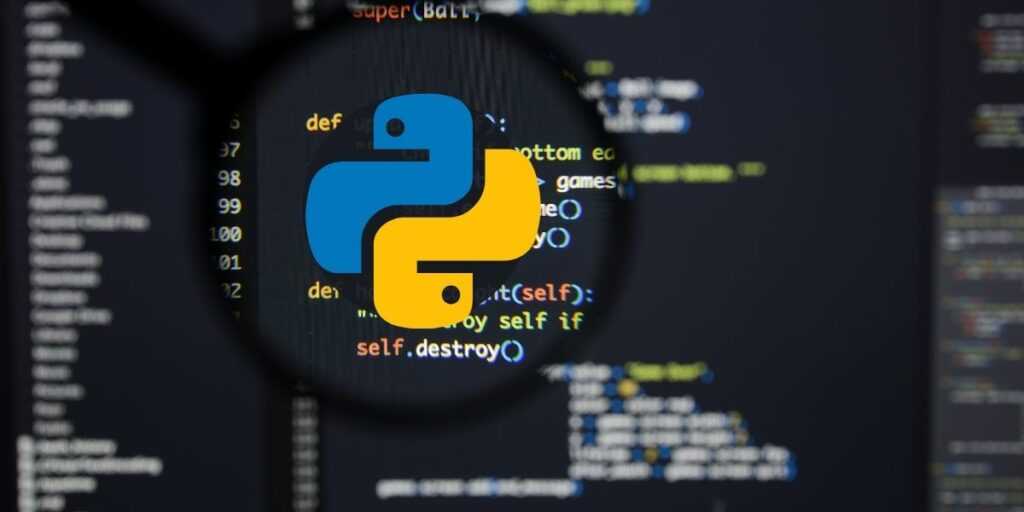Personal Career & Learning Guide for Data Analyst, Data Engineer and Data Scientist
Python is a widely used programming language in the field of business analytics. When writing code in Python, you may use multiple operators in a single expression. However, when multiple operators are used, it is important to understand the order in which they are evaluated, which is known as operator precedence.
Operator precedence refers to the order in which operators are evaluated in an expression. Some operators have higher precedence than others, which means they are evaluated first. For example, arithmetic operators such as addition and subtraction have higher precedence than comparison operators such as equal to (==) and not equal to (!=).
In Python, operator precedence is determined by a set of rules that determine the order in which operators are evaluated. These rules are based on the type of operator and its priority. For example, arithmetic operators have a higher priority than comparison operators, and thus, they are evaluated first.
It is important to understand operator precedence when writing code in Python for business analytics. For example, if you want to calculate the average of a set of numbers, you will need to perform several operations, such as addition and division. In this case, you need to ensure that the division operator is evaluated last, as it needs to be applied to the result of the addition operation.
In some cases, you may need to change the default order of operator evaluation. This can be done using parentheses, which have the highest precedence of all operators. By using parentheses, you can control the order in which operators are evaluated and ensure that the correct result is produced.
In conclusion, understanding operator precedence is essential when writing code in Python for business analytics. Operator precedence determines the order in which operators are evaluated in an expression and helps you to produce the correct result. By understanding operator precedence, you can write more efficient and effective code that accurately reflects your business needs.
Python for Business Analytics – Chapter 13: Variable Scope and Binding
 Loading...
Loading...
Latest end-to-end Learn by Coding Projects (Jupyter Notebooks) in Python and R:
All Notebooks in One Bundle: Data Science Recipes and Examples in Python & R.
End-to-End Python Machine Learning Recipes & Examples.
End-to-End R Machine Learning Recipes & Examples.
Applied Statistics with R for Beginners and Business Professionals
Data Science and Machine Learning Projects in Python: Tabular Data Analytics
Data Science and Machine Learning Projects in R: Tabular Data Analytics
Python Machine Learning & Data Science Recipes: Learn by Coding
R Machine Learning & Data Science Recipes: Learn by Coding
Comparing Different Machine Learning Algorithms in Python for Classification (FREE)
There are 2000+ End-to-End Python & R Notebooks are available to build Professional Portfolio as a Data Scientist and/or Machine Learning Specialist. All Notebooks are only $29.95. We would like to request you to have a look at the website for FREE the end-to-end notebooks, and then decide whether you would like to purchase or not.
